

As an important category of dangerous goods, gaseous chemicals need to strictly comply with relevant regulations in the storage and shipping process to ensure safety and error. As a freight forwarder with rich experience in dangerous goods shipping, I know that every minute link in the transportation of gas chemicals should not be relaxed at all, and a slight negligence may lead to unpredictable risks. Below, freight forwarder Sungreen Logistics will take you to discuss in detail the several aspects of gas chemicals that need attention in the transport of dangerous goods by sea.
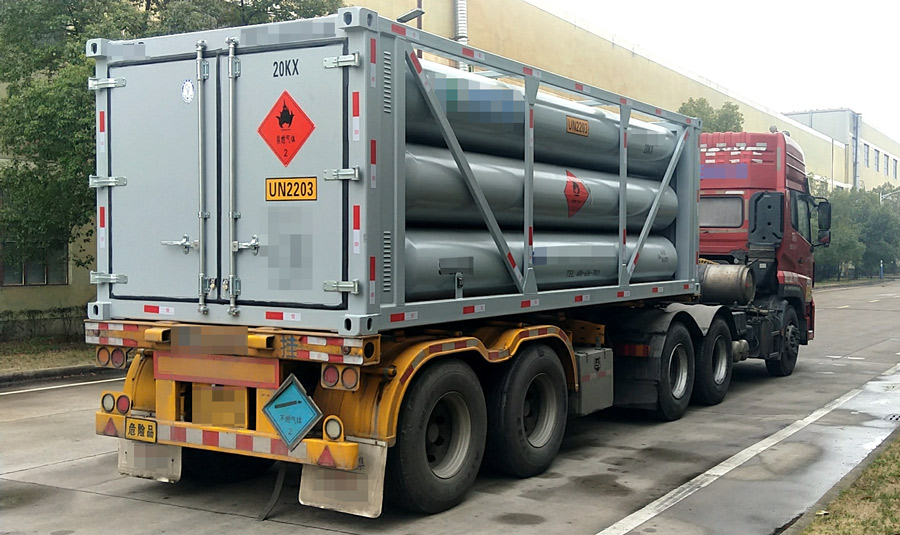
Strict requirements for warehouse storage
The gas chemical warehouse should be located in a cool and ventilated place, away from heat and fire, and prevent direct sunlight. Explosion-proof lighting should be used in the warehouse to ensure the safety of lighting. At the same time, no combustible materials should be stacked around the warehouse, just in case. In the storage process, special attention should be paid to the acceptance of cylinders. The steel cylinder must be packed in good condition, with no obvious external trauma, complete accessories, tight sealing, and no air leakage. For expired or unqualified cylinders, we must resolutely eliminate them. In addition, the life of the cylinder is also critical, and expired cylinders must be re-tested to ensure their safety performance.
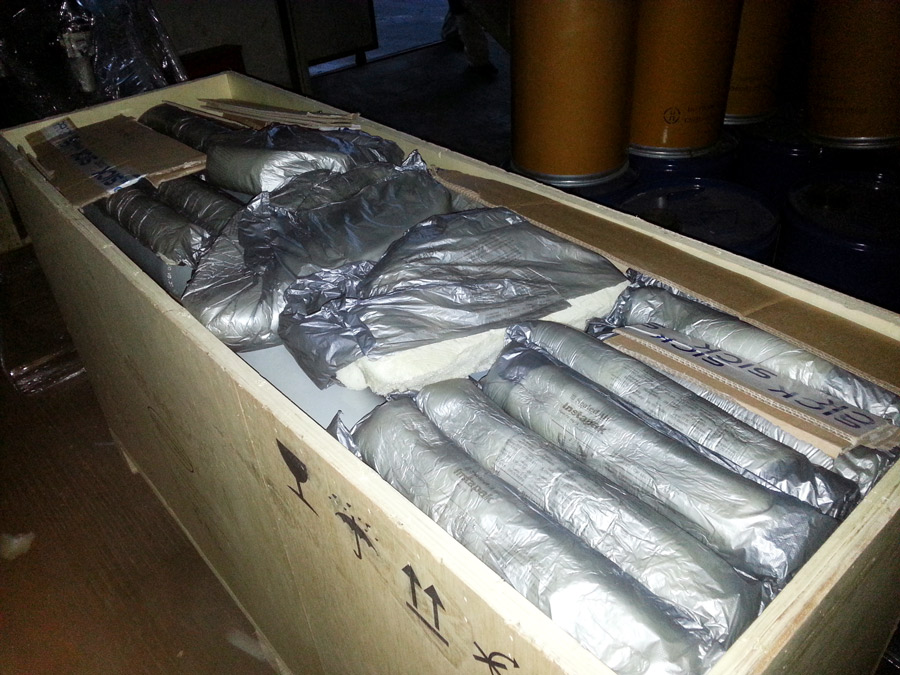
The importance of separate storage of cylinders
There are many types of gaseous chemicals, and there may be mutual contraindications between different types. Therefore, in the storage process, we must strictly follow the principle of classified storage. For example, hydrogen cylinders should not be mixed with liquid chlorine cylinders and oxygen cylinders in the same storage. Flammable gases cannot be stored with other chemical hazards. When stored, the cylinder should be placed upright and fixed with a frame or fence to prevent accidents caused by rolling or tipping, and leave a channel for easy management and emergency treatment.
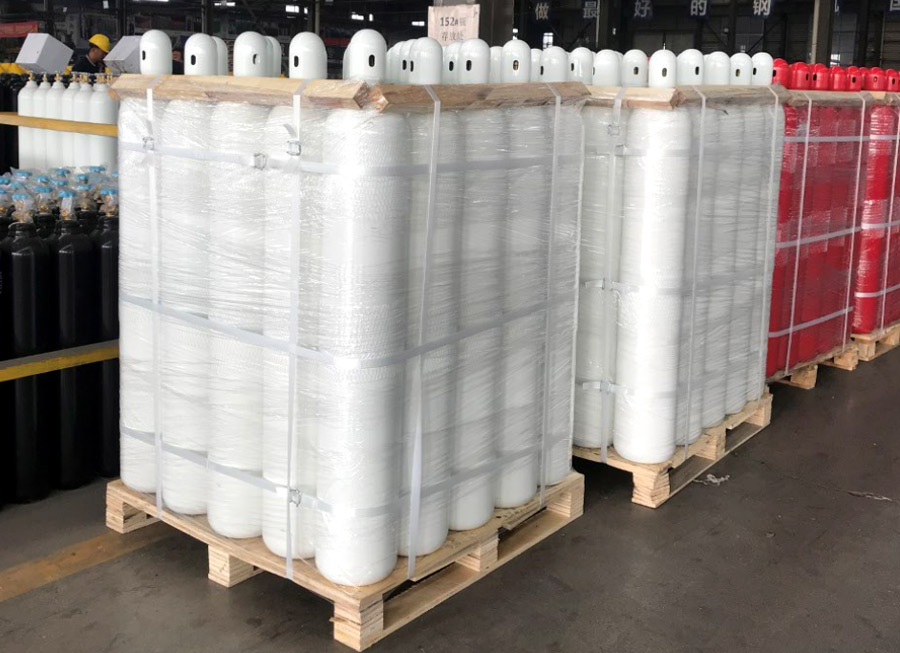
Standardization of handling operations
When loading and unloading gas chemicals, they must be lightly loaded and unloaded, and collision, throwing or rolling are strictly prohibited. Loading and unloading personnel should wear protective equipment, pay attention to the direction of the cylinder valve, to prevent the safety cap from falling off. When loading and unloading oxygen cylinders, special attention should be paid to the work clothes and loading and unloading tools should not be stained with oil to prevent fire. Flammable gas should be kept away from fire during loading and unloading to ensure safety.
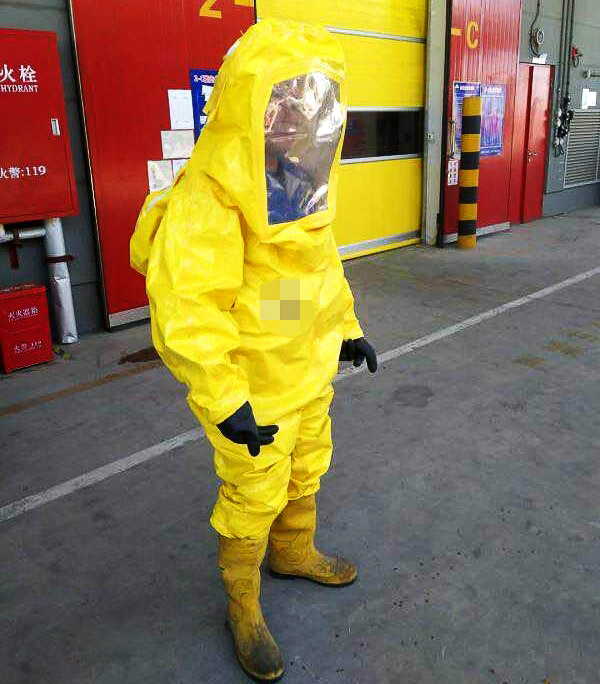
Emergency treatment and preventive measures
In the storage process, once the cylinder leakage is found, the door should be opened immediately for ventilation, and the cylinder valve should be tightened. For toxic gas leakage, the operator must wear a gas mask to deal with it. In the event of a fire, the cylinder should be quickly removed from the fire and cooled with plenty of water to prevent the high temperature from causing an explosion. Firefighters should stand upwind and on the side of the cylinder during handling to ensure their own safety.
Special requirements for sea transport
In the process of dangerous goods shipping, the transport safety of gaseous chemicals can not be ignored. Safety helmets must be worn when the cylinders are transported and should be placed flat, with the mouth facing the same direction to prevent rolling. The height of the cylinder shall not exceed the vehicle protective fence board, and the triangular wooden pad shall be stuck firmly. In addition, all cylinders must undergo regular technical inspection in accordance with national regulations to ensure that their safety performance meets the requirements.
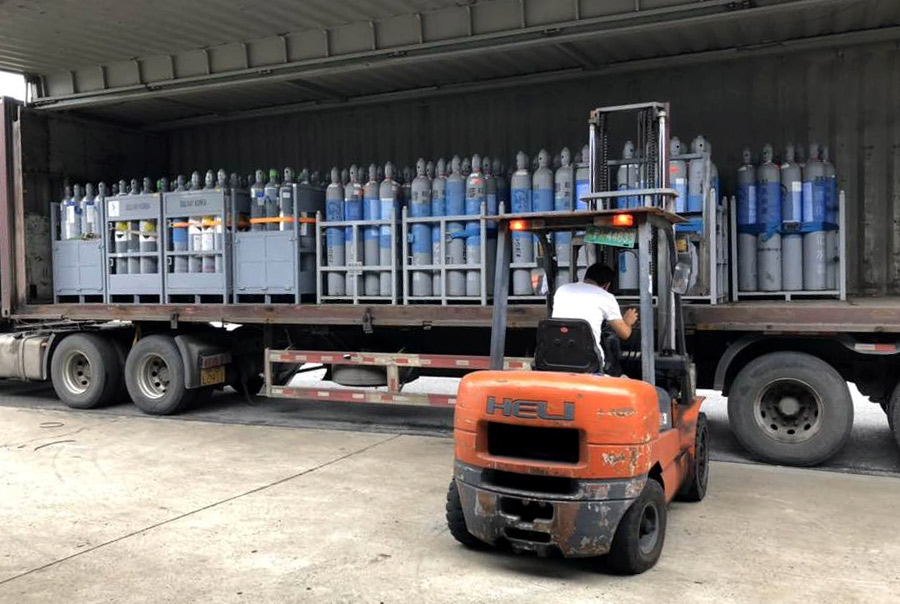
Careful inspection before shipping
Careful inspection of gaseous chemicals must be carried out before shipping. First of all, check whether the paint color and mark on the cylinder are consistent with the documents, and whether the packaging, mark and shock-proof rubber ring are complete. Secondly, it is necessary to check whether the safety cap of the cylinder is complete and tightened, and whether the bottle wall has signs of corrosion and damage. In addition, it is also necessary to detect air leakage or odor by hearing and smell to ensure that the cylinder is in a safe condition before transportation.
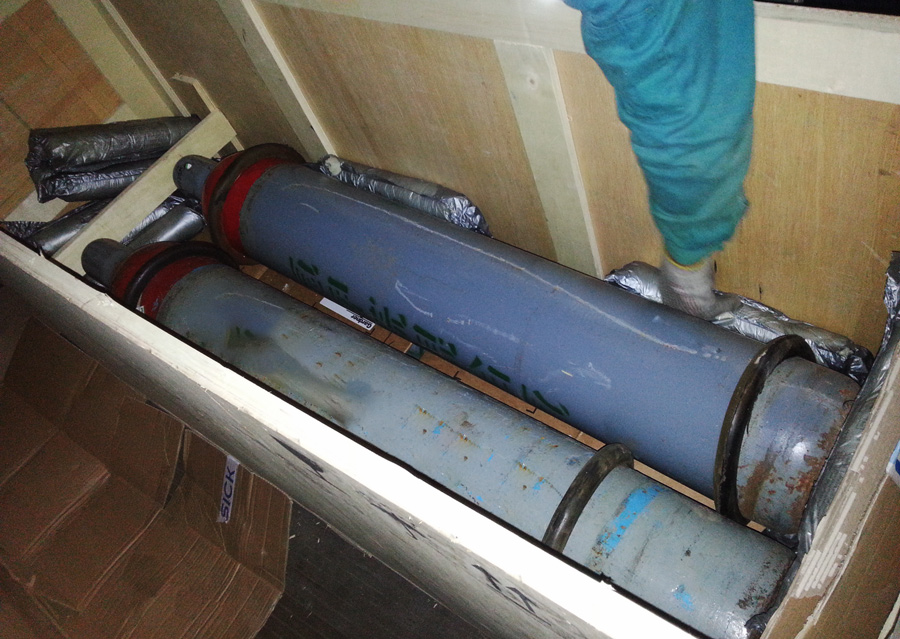
Use of expertise and experience
As a dangerous goods freight forwarder, it is not only necessary to master the basic knowledge of gas chemicals, but also to have rich practical experience. In the process of transportation, we should formulate detailed transportation plans and safety measures according to the nature and characteristics of the goods. At the same time, we also need to work closely with relevant departments such as ships and terminals to jointly develop transportation plans and safety measures to ensure that gas chemicals can safely reach their destinations.
Keep learning and updating knowledge
The dangerous goods shipping industry is constantly evolving and new regulations and standards are constantly being introduced. As practitioners, we must maintain a continuous learning attitude and constantly update our knowledge and skills. Only in this way can we better address the challenges and risks and ensure the safety and error of gaseous chemicals in the transport of dangerous goods by sea.
Gas chemicals involve many links and aspects in the transport of dangerous goods by sea, and the negligence of any link may lead to serious consequences. Therefore, with the continuous update and improvement of the international dangerous goods transport regulations, we need to timely understand and grasp the changes and requirements of these regulations to ensure that our transport work meets the requirements of the regulations. Only in this way can we ensure the safe and smooth transport of dangerous goods by sea.
I hope this article can give you a deeper understanding and understanding of gas chemicals in the transport of dangerous goods by sea. If you like this article, you may wish to collect it and share this knowledge and insight with more people. If you also need to export dangerous goods by sea, please feel free to contact Sungreen Logistics.





